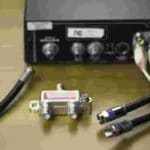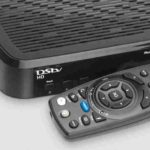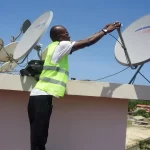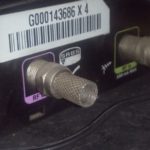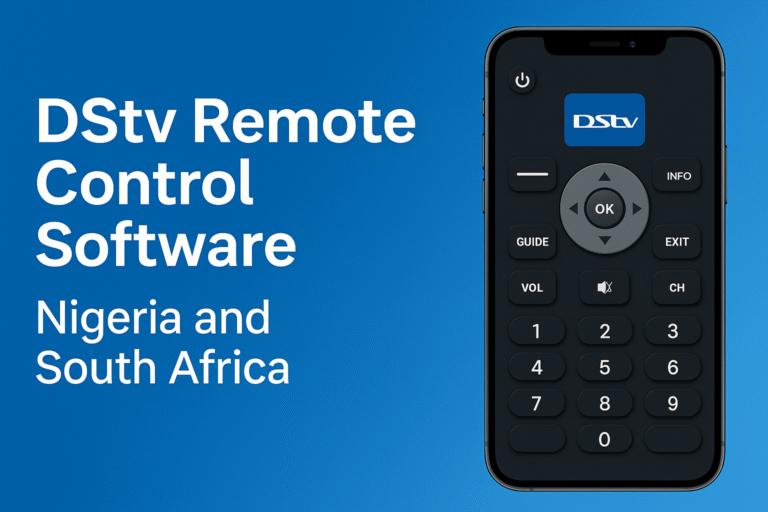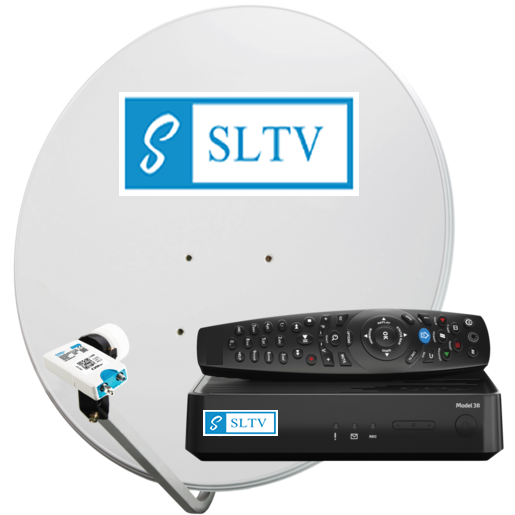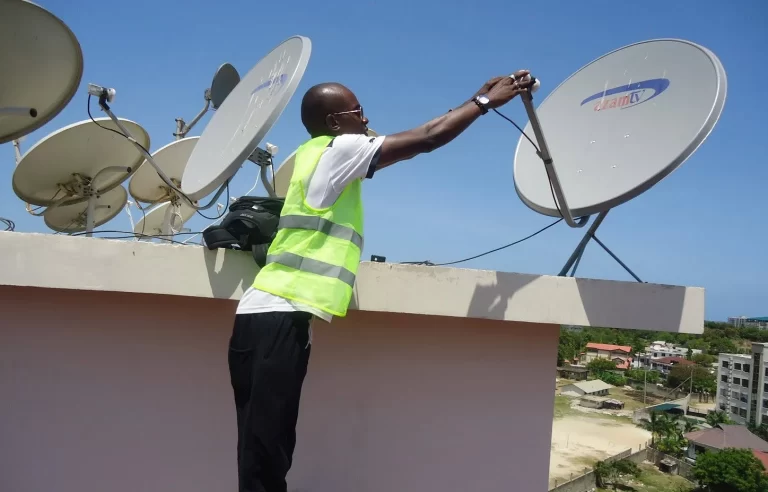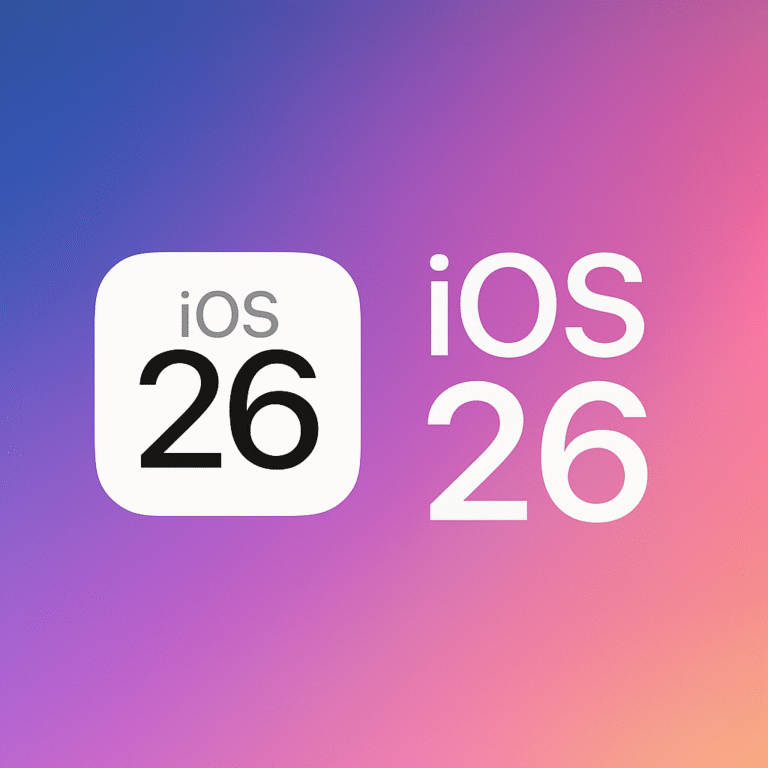You have a DStv decoder connected to just one TV in your living room and you are looking for a way to connect same decoder to extra TVs, maybe located in your bedroom. Let us say you wish to watch DStv in all the TVs in your home or office or business premises. You can comfortably connect all your TVs to one DStv decoder box and be able to watch programs from the decoder with same super clear image and audio quality.
This post will expose you to the techniques involved in multiplying your views from one DStv decoder to many other TVs. Whether you have 2 TVs or more, this simple steps will show you how to connect one DStv decoder to extra TVs. All you need is a DStv decoder, your TVs, some length of connection cable wires, some accessories like the F-connector and multi-output splitter devices.
It is a well-known fact that the greater the length of digital signal travel, the more significant its signal quality drop. Therefore to ensure non-loss of digital signal, it is necessary to add a digital signal booster to your list of equipment. This is commonly applied when you wish to extend the decoder signal to a length of 30 meters. Assuming the extended TV is in a separate room and you need to run the connecting cable wire from the decoder to that TV to a distance of over 30 meters, then a signal booster is necessary to prevent any signal quality drop.
The technology behind the idea of connecting one decoder to extra TVs helps to keep every TV in your premises alive with super programs from your DStv decoder. It does not matter how many they are as this technology can link up to as many as 10 TVs or more. However, every installation technicality have to be done properly to ensure stable image and audio quality.
Connecting one DStv decoder to Extra TVs involves the following steps. Let us assume that you already connected to the main TV through the decoder’s AV video and audio ports. These are the spaces behind your decoder usually colored red, yellow and white. To connect to another TV elsewhere from the same decoder, the proper port to engage is the RF – OUT labeled opening. Do not mistake the RF – IN port with its RF – OUT counterpart, for both are usually clearly labeled.
The RF – OUT port is engineered to transmit high quality digital TV signals to far distances unlike the RF – IN port which is not always recommended for TV extension purposes. But for information sake, the RF – IN port is very useful in the DStv ExtraView configuration technology to conduct “heartbeat” signals between the primary and secondary decoders.
STEPS TO FOLLOW TO CONNECT ONE DSTV DECODER TO EXTRA TVs
Prepare your connecting cable wire by exposing the internal coaxial copper and silver spikes prior to attachment of your F-connector. The F-connector is the screw-mouthed silver-colored small nut that connects cable wires to decoder ports. In preparing your cable wires, ensure that the silver tiny metallic shreds do not come in contact with the bigger central copper spike. After insertion into the F-connector, only the copper spike should protrude from the center while the silver shreds form strong internal attachments with the body of the F-connector. Remember both ends of your cable wire should be prepared this way.
Single Extra TV Connection (Apart From the Primary Main TV)
Connect one end of the cable wire to the RF – OUT port of your DStv decoder and connect the other end of the wire to the Ariel antenna port behind your TV. Your decoder must be switched on before proceeding to the next stage. While the DStv decoder and the extended extra TV are switched on, run a channel scan on your TV to search, find and save the signals received from the DStv decoder. After a successful search and save, the DStv decoder can henceforth be viewed from that extra TV on that particular channel number as saved.
Double Extra TV Connection (Apart From the Primary Main TV)
If you wish to have two extra TVs connected to one DStv decoder which are different from the primary main TV, simply connect one end of the F-connected cable wire to your RF – OUT port of your DStv decoder. The other F-connected end of the cable wire is inserted into the INPUT port of a double output signal splitter. Two extra F-connected cable wires are used to connect from the splitter OUTPUT ports to the Ariel antenna INPUT ports of the two extra TVs. Once connections are secured, channel scan operations are conducted on the two newly connected TVs to search for signals coming from the DStv decoders. These signals are either automatically or manually saved depending on whether auto or manual search was used to search for the signals.
Triple Extra TV Connection (Apart From the Primary Main TV)
Connecting three extra TVs to one DStv decoder, apart from the main TV follows the same installation procedure as described above for the Double Extra TV Connection. The only difference is that a three – output signal splitter is used instead of the dual output as used in double extra TV connection.
At this point, it is necessary to consider the distance of these TVs each from the source DStv decoder. A digital signal booster is recommended if any of these distances exceed 30 meters. A more effective booster is the electronically powered booster. This is usually connected serially to each of the extended points i.e. between the splitter to each of the TVs.
This same technological procedure is adopted in connecting one DStv decoder to many more extra TVs. But one fact is clear, you only watch same channel or program as shown on the DStv decoder. I am saying that irrespective of the numbers of decoders connected, the whole setup still presents a single viewing experience.
There are many gains in connecting one DStv decoder to many extra TVs. All rooms in your apartment come alive with super channels from DStv. You can feel more relaxed watching same channels from the comfort of your more preferred bedroom or living room.


